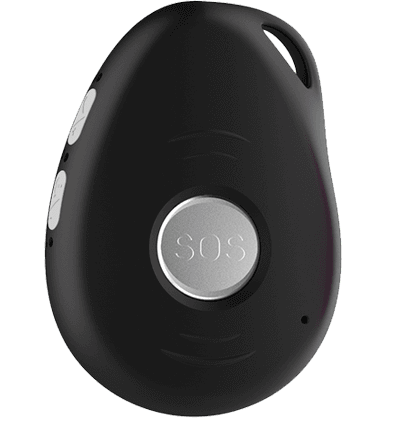Smartphones are pocket-sized computers that contain sensitive business and personal data. Because of this, they are a common target for mobile threats.
Attackers can spy on your device via wifi networks, text messaging, browsers and operating systems. These attacks can include stealing your secondary authentication information, private photos or even hacking into your social media accounts.
1. Install Anti-Malware
Your mobile phone is a pocket-sized computer that holds some of the most important and sensitive information in your life. From private business emails to photos of loved ones and your bank account login, this data can cause real damage in the wrong hands.
Malware—viruses, spyware, ransomware, worms and bots—are one of the biggest threats to mobile devices. These programs can secretly access your device, steal personal or work-related information, run unauthorized programs and even encrypt your data. They can also be used to send spam or advertisements and even remotely control the device to perform tasks such as sending text messages.
The most effective way to protect mobile devices against malware is through anti-malware software. A good mobile antivirus program will protect against common attacks and also detect threats that are specific to the device, such as a fake app or network. Some antivirus solutions are free to download and some come with built-in VPN features. Additionally, it’s important to always keep the anti-malware software up to date with the latest updates. This will prevent attackers from taking advantage of bugs that have been fixed.
2. Be Cautious of Public Wi-Fi
Many mobile devices are used on public Wi-Fi networks, including those offered by restaurants, airports and hotels. This is convenient but can pose serious risks to mobile security.
img width="343" src=" ">
">
Hackers can easily access private information when a device connects to an unsecured network. They can listen in on conversations, spy on data piled up on the phone and steal any username and password information that might be on it.
Using a VPN while on public Wi-Fi is one of the most effective ways to prevent this. When a VPN is enabled, it encrypts all of your data. This means that anyone snooping on the network will only see jumbled, unusable information.
Another simple step to protect yourself when using public Wi-Fi is to set your phone to forget previously used networks so that it doesn’t automatically reconnect when you’re near them. This will help you avoid potentially dangerous networks that might have been compromised by hackers. It’s also a good idea to disable file sharing and AirDrop? on your phone, as this can make it easier for cybercriminals to steal your information.
3. Use Two-Factor Authentication
Two-factor authentication (2FA) is an extra security measure that prevents hackers from stealing passwords and accessing accounts. It is not foolproof, but it significantly reduces the chances of a breach. https://www.loneworkeralarms.co.nz/man-down-alarm/ It adds an extra step to the login process and can increase the time it takes to log in, but the security benefits outweigh the minor inconvenience.
2FA is a combination of something you know, like a password or PIN, something you have (like a one-time verification code), and something you are (like a fingerprint, retinal scan, or voice recognition). Most online services only require the first factor for primary authentication, but adding the second reduces the risk of hacking.
There are several different types of two-factor authentication, with SMS text message and mobile authenticator apps being the most common. To set up 2FA, look for it in the settings of your account or app and enable it. It’s a good idea to use it on your most sensitive accounts, including financial, email, social media, and tax filing websites. The extra layer of security can protect against phishing, brute force attacks, and credential exploitation.
4. Know the Apps on Your Phone
Today, there are apps for everything from watching movies to checking your bank account. While many of these are legitimate, others may not be. Fake apps that look like popular ones can be downloaded to bombard your device with adverts or even computer viruses. When downloading an app, make sure it has been verified by Google Play or the App Store and check its reviews and ratings. The more people that have used the app, the more likely it is to be safe.
5. Log Out of Apps and Accounts
It's a good idea to log out of apps and accounts on mobile devices when no longer in use. This prevents other people from accessing personal information and also ensures that the device isn't re-infected.
It is also important to limit the amount of time a person is logged in to sensitive applications. Many of these apps will automatically log out after a certain amount of time, but it is still a good idea to do this manually when needed.
Mobile threats have evolved considerably over the past few years, making it even more crucial to be vigilant. Users should always be on the lookout for fraudulent text messages, calls or emails.
Continuous behavior-based authentication systems are being developed to prevent these kinds of attacks on smartphones. Currently, some of these systems monitor the user's behavior and can detect anomalies that indicate an attack is underway. Other systems focus on reducing the threat surface by segmenting applications and data into different groups. This reduces the likelihood that one app will infect other devices or the enterprise network.
![[PukiWiki] [PukiWiki]](image/pukiwiki.png)
